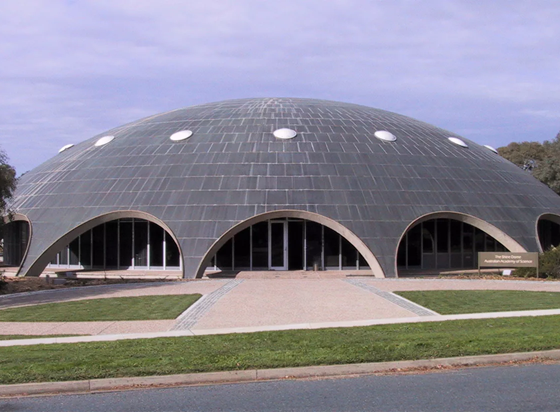Child development 10-12 months
So the first 10 months of your baby’s life flew quietly.
More recently, you held a little lump in your hands, who peacefully sniffed and did not even imagine what he would have to learn. But very little time has passed, and your baby has become a rather independent and confident man.
However, despite the indescribable desire of the baby to do everything himself, he still remains dependent on the help of an adult.
In order for the baby to grow active, independent and physically strong, you need to create special conditions for this, including it in the implementation of developing game exercises.
Exercises for the physical development of the child aimed at walking training
1. Put the baby in front of you and take it by both pens. Then gradually release his hands. Then call the baby to yourself or attract his attention to a toy. If the child loses his balance and is afraid to move, support it or by hands. If the child takes several independent steps, gradually increase the distance. In the end, encourage the efforts of the baby.
2. Put the child at the support (sofa, bed, table, etc. D.). At a distance of no more than 10 – 15 centimeters from it, place a bright toy. If the baby is afraid to take the first step, take his hands and help move to the toy. In the event that the child takes independent steps, slowly increase the abbreviated distance between him and the toy. When a child approaches the toy, stimulate him to perform any game actions with her.
3. Put the child on the sofa or in the chair. On the floor, place a bright toy and attract the attention of the baby to it. If the child is afraid to go down on his own and approach the toy, provide him with help in the form of holding the handles.
4. Put the plank near the support, lifting one end slightly. Help the baby, holding him behind his back, overcome the inclined surface: first climb the plank with bailing steps up, then go down. You can complicate this exercise and place a plank at a certain distance from the support. Let the baby move along it in the usual step. So that the child does not feel discomfort, hold him by both pens.
Exercises aimed at developing common movements and fine motor skills
1. Sew on each finger of the baby buttons and beads. Invite your child to feel every finger.
2. Lay out objects of different sizes and textures around the baby. Stimulate the child to carry out game actions with them.
3. Put small items near the child, which can be captured by three fingers. Stimulate the baby to capture these objects with a “pinch” and folding them in a box or bucket.
4. Plant the baby on the floor and invite him to ride balls of different sizes.
5. Invite the child to choose the lids for boxes of different sizes.
6. During swimming, stimulate the baby to scoop up water using different containers.
7. Tie multi -colored ribbons to the machines or other moving toys. Show the baby how to capture ribbons and move in this way toys.
8. Invite the baby to play with a balloon. Show him possible game actions: tossing, pressing on it with all your fingers and separately each finger.
9. Put bright wrappers under glass, pictures with the image of toys, animals, etc. D. Pour semolina on glass. Show the baby how to remove the semolina in circular motions to see the images hidden under it.
10. Cut out of fabric of different colors and textures of the figure. Sew Velcro pieces. Show the baby how to connect and disconnect these pieces.
The presented tasks do not exhaust all the possibilities of developing the physical sphere of the baby. Focus on the individual characteristics of the development of your child and come up with interesting and entertaining exercises for him.


